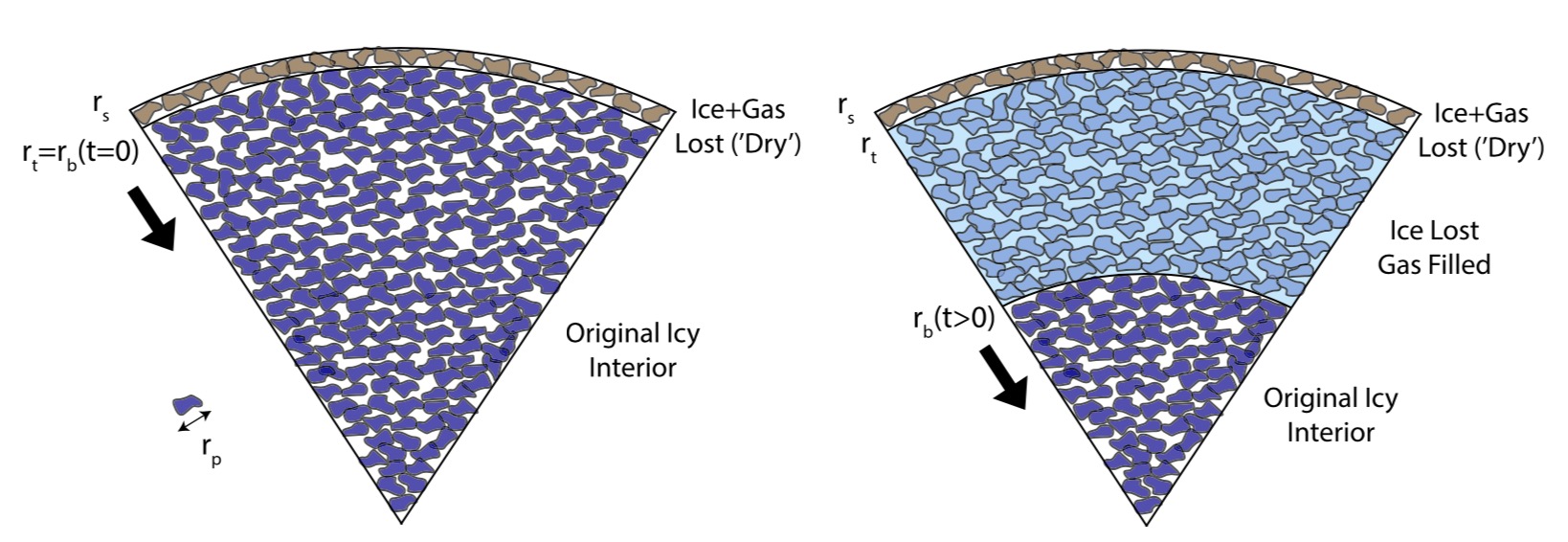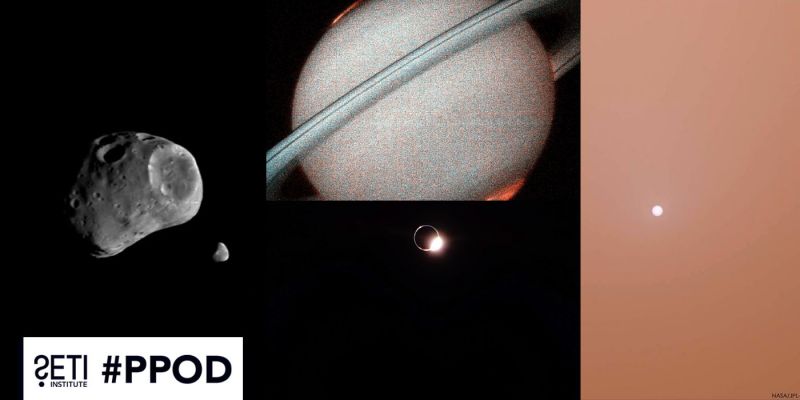
March 14, 2024, Mountain View, CA -- A paper recently accepted by Icarus presents findings about the Kuiper Belt Object 486958 Arrokoth, shedding new light on the preservation of volatile substances like carbon monoxide (CO) in such distant celestial bodies. Co-authored by Dr. Samuel Birch at Brown University and SETI Institute senior research scientist Dr. Orkan Umurhan, the paper “Retention of CO Ice and Gas Within 486958 Arrokoth” uses Arrokoth as a case study to propose that many Kuiper Belt Objects (KBOs) - remnants from the dawn of our solar system - could still retain their original volatile ices, challenging previous notions about the evolutionary path of these ancient entities.
Previous KBO evolution models have needed help predicting the fate of volatiles in these cold, distant objects. Many relied on cumbersome simulations or flawed assumptions, underestimating how long these substances could last. The new research offers a simpler yet effective approach, likening the process to how gas escapes through porous rock. It suggests that KBOs like Arrokoth can maintain their volatile ices for billions of years, forming a kind of subsurface atmosphere that slows further ice loss.
“I want to emphasize that the key thing is that we corrected a deep error in the physical model people had been assuming for decades for these very cold and old objects,” said Umurhan. “This study could be the initial mover for re- evaluating the comet interior evolution and activity theory.”

This study challenges existing predictions and opens up new avenues for understanding the nature of comets and their origins. The presence of such volatile ices in KBOs supports a fascinating narrative of these objects as “ice bombs,” which activate and display cometary behavior upon altering their orbit closer to the sun.
This hypothesis could help explain phenomena like the intense outburst activity of comet 29P/Schwassmann– Wachmann, potentially changing the understanding of comets.
As co-investigators on the upcoming CAESAR mission proposal, the researchers are taking a fresh approach to understanding the evolution and activity of cometary bodies. This study has implications for future explorations and is a reminder of the enduring mysteries of our solar system, waiting to be uncovered.
The paper can be found in Icarus here: https://doi.org/10.1016/j.icarus.2024.116027
About the SETI Institute
Founded in 1984, the SETI Institute is a non-profit, multi-disciplinary research and education organization whose mission is to lead humanity’s quest to understand the origins and prevalence of life and intelligence in the Universe and to share that knowledge with the world. Our research encompasses the physical and biological sciences and leverages expertise in data analytics, machine learning and advanced signal detection technologies. The SETI Institute is a distinguished research partner for industry, academia and government agencies, including NASA and NSF.
Contact information
Rebecca McDonald
Director of Communications
SETI Institute
rmcdonald@seti.org





